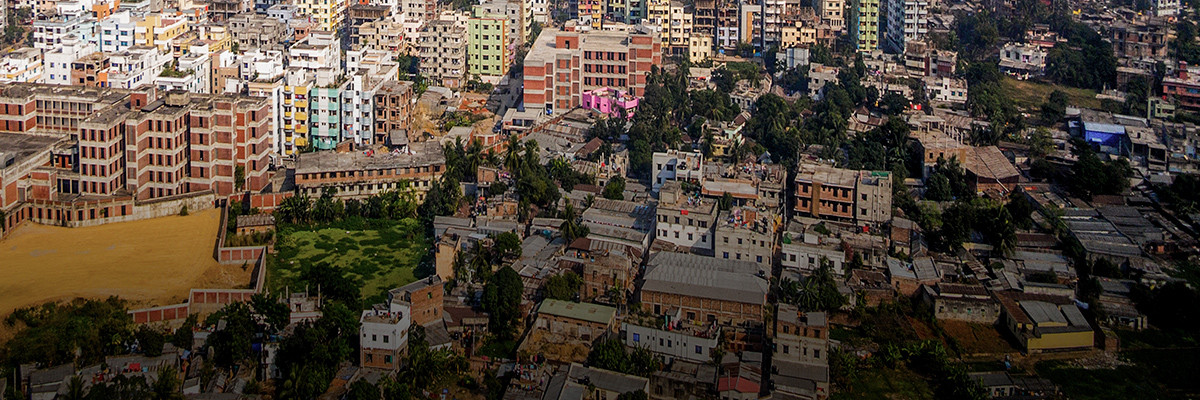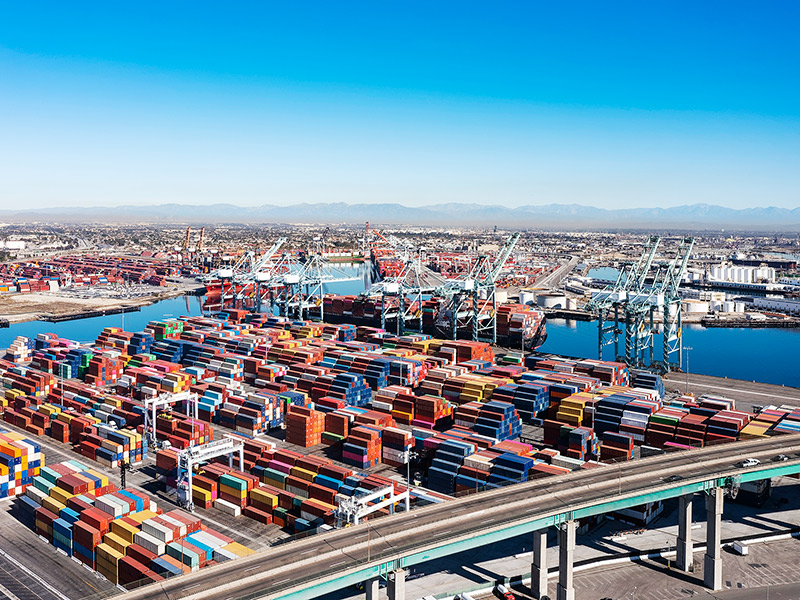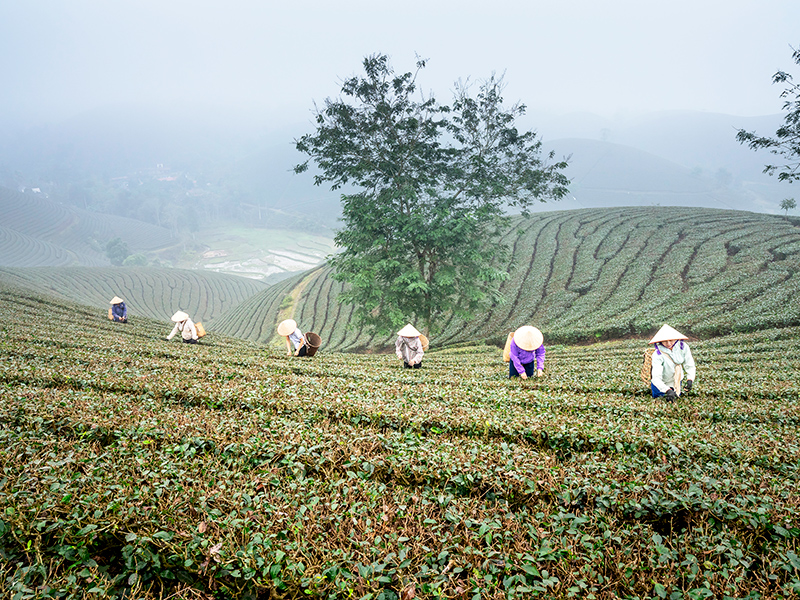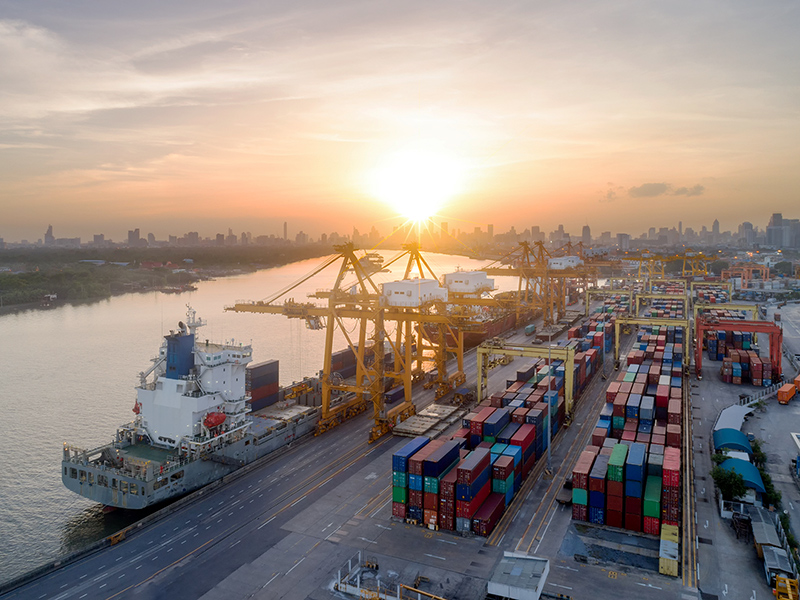
Authors
-
Filippo Sebastio
Former Associate, BSR
From May to September, the monsoon in Bangladesh brings tropical rains, muddy roads, and a kind of shocking humidity that makes your clothes stick to your skin. In addition to causing extreme temperatures, the monsoon’s heavy rains fill streets and seep into buildings, turning factories and residential areas into breeding grounds for mosquitos and water-borne diseases.
In Dhaka, one of the cities where BSR’s HERproject, a collaborative initiative that strives to empower low-income women working in global supply chains, operates, health research shows that diseases spike during extreme weather events. In garment factories, the humidity, combined with the heat and fabric dust emitted by the sewing machines, makes breathing difficult. These conditions exhaust workers’ energy and focus, affecting their efficiency and productivity, which in turn may also be affecting the performance of the readymade garment sector.
Rising temperatures and more frequent flooding events are likely to increase with climate change, and in Bangladesh, this will affect the lives of the 4 million people working in the garment industry. These employees are disproportionately women, which is one reason why empowering women to lead on building climate resilience is a key focus of our Business Action for Women efforts.

Over the past two years, through different collaborations, BSR’s HERhealth program has collected daily data on more than 15,000 garment workers from factories’ human resources and production teams in Dhaka. To explore how climate-related weather events are affecting garment workers and the industry as a whole, we examined factory-level data to answer two questions:
- Do high rainfall precipitations cause increases in health-related absenteeism in the industry?
- Do extreme temperatures affect workers’ stamina and focus, therefore reducing their productivity?
Link Between Rainfall and High Temperatures, and Absenteeism and Lower Productivity
By mapping data on workers’ sick leave and productivity rates against data on extreme weather conditions (measured by excessive precipitation and above-average temperature), we discovered a significant relationship between climate-related weather events and workers’ performance. The abundant rainfall in July—the peak of the monsoon season—correlated with an increase of monthly sick leave rate (calculated as number of workers absent due to health reasons of the total number of workers absent). An increase in 100 millimeters of average monthly rainfall precipitation—expected between the start of the monsoon season and its peak—is associated with an increase in sick leave rate by 10 percentage points per month.

In addition, months with a 30°C average temperature correlated with a drop in productivity of more than two percentage points, compared to the winter months. While these are preliminary insights rather than conclusive evidence, these data present a worrying relationship between extreme climate events, worker well-being, and industry performance.

How Climate-Induced Health Hazards Affect the Garment Industry
It’s not clear what about extreme weather events might be affecting workers the most, but public health experts found that, in Bangladesh, abundant rainfall combined with poor water- and sewage-management systems leads to the diffusion of waterborne diseases, especially those transmitted by mosquitoes and parasites. Recent experiments in the garment sector in Bangalore, India, demonstrated how heat can reduce worker productivity by a magnitude that is similar to what we found in our data.
If these links are confirmed, the projections of increasing extreme weather events due to climate change pose a significant future risk for the garment industry. The risks will be particularly acute for women, as the industry is the largest employer of female workers in the country. By holding back the industry, climate change could undermine the progressive women’s social and economic achievements that Bangladesh has experienced over the last 30 years.
The Role of Business: Data, Research, and Pilot Programs
To create effective strategies that build business and workers’ resilience to extreme weather events, we need a better understanding of the magnitude of the problem and the drivers behind it.
First, we need more data to confirm the impact of climate on workers’ productivity and health at the industry level. Companies can invest in more research to design and test strategies that build the resilience of workers and businesses to extreme weather events and climate change.
Please contact us if you’re interested in learning more about how we connect you and your suppliers with research experts and NGOs to investigate questions like these and translate the findings into sustainable, practical solutions.
Topics
Let’s talk about how BSR can help you to transform your business and achieve your sustainability goals.







